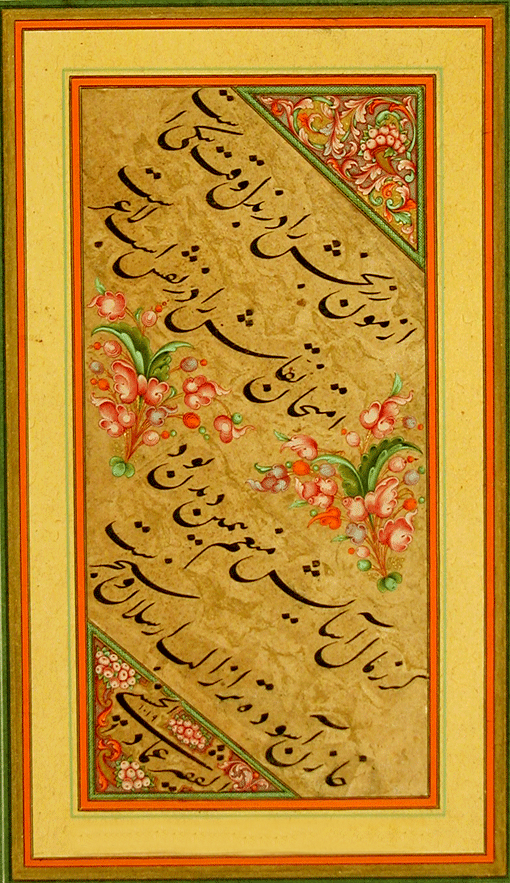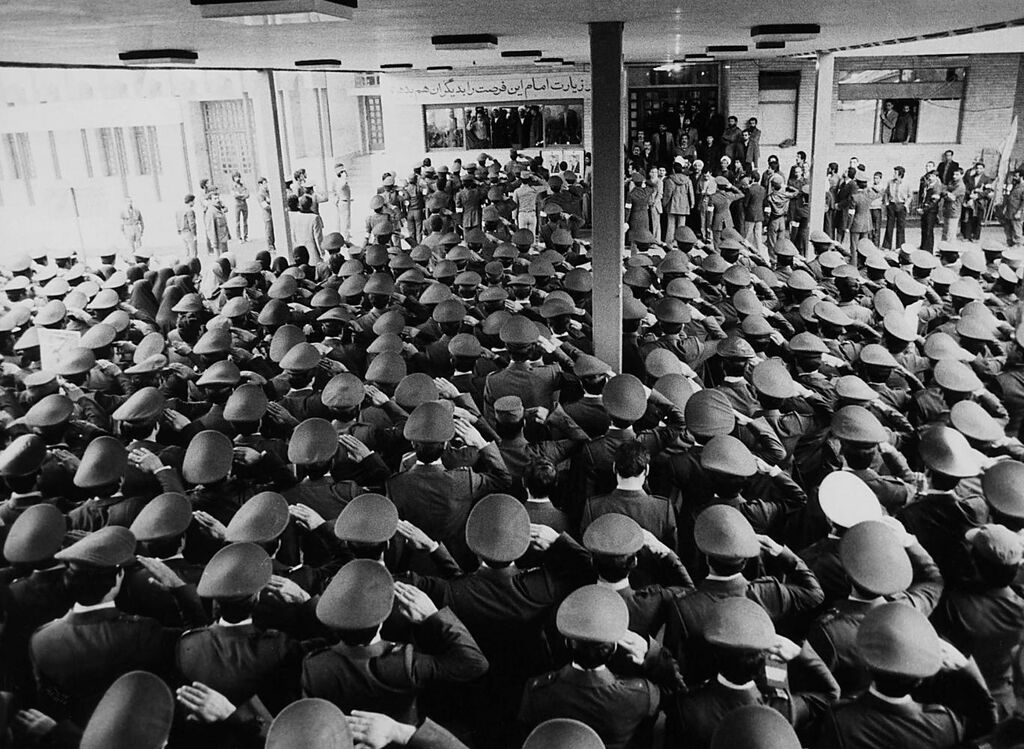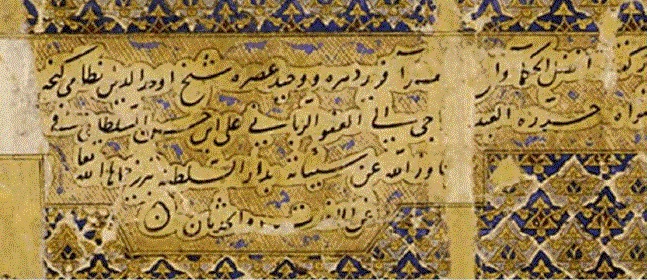New Art Media in Iran: Progression in Evolution, Impact, and Creativity
New media or contemporary art refers to artistic movements and trends that are emerging and experimenting with new forms of expression. This type of art, which has evolved since the 1960s during the period of artistic transition from modern to postmodern art, rejects traditional methods of presenting artworks and embraces new media such as video, computers, the Internet, and other digital technologies. These media are often integrated both conceptually and materially with conventional art forms like painting, photography, sculpture, animation, and more. Key characteristics of new media art include: Moving beyond traditional artistic frameworks, rejecting direct or literal meanings in artworks, creating new concepts based on social and political issues, Enabling direct interaction between artist and audience, Multi-layered and multimedia compositions, Combining physical and virtual materials, Emphasizing the emergent and process-oriented aspects of creation and Sometimes allowing direct audience participation in the creation of the work. One fundamental challenge of new media art arises from ongoing debates regarding how it should be defined and categorized within traditional art forms.
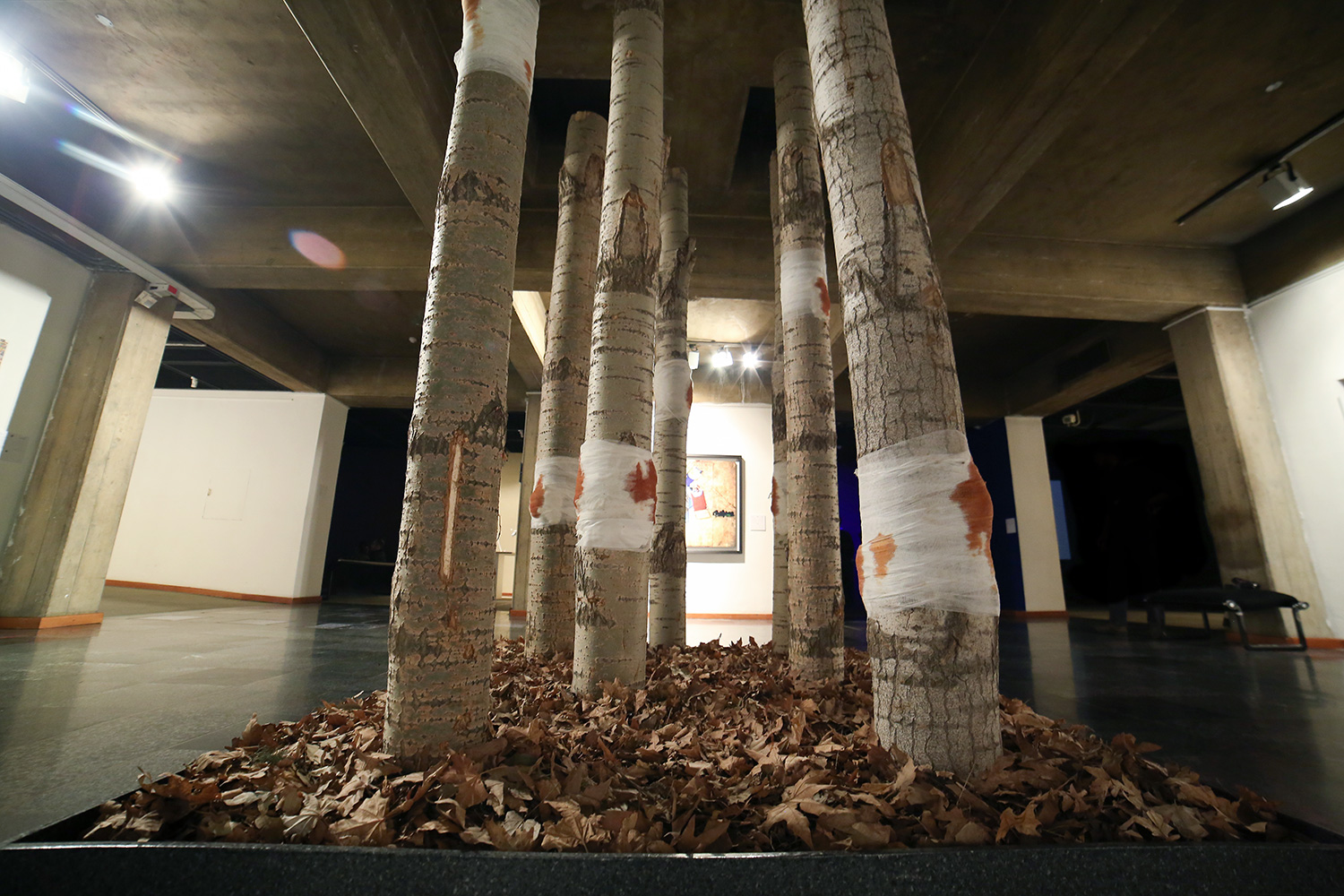
Installation: “In Memory of Kiarostami” by Masoud Golparian
History of New Art Media in Iran
New art media in Iran emerged in the late 1980s (1360s SH). The defining feature of this branch of visual arts is, first and foremost, its reliance on conceptual art strategies as well as the use of innovative media and formats. Although the term “new art” may not be entirely precise, it can be understood as encompassing a complex array of experimental artistic trends. In this context, the term is used broadly to refer to diverse experimental movements in modern and contemporary Iranian art. The term “new art” has been employed by art historians and theorists, such as Rouin Pakbaz. It is often regarded as synonymous with “modern” or “contemporary” art, without demarcating a specific genre. On the other hand, exhibition organizers in the late 1990s (end of the 1370s SH) used it interchangeably with conceptual art. For example, the magazine Name Herfe:Honarmand published a special issue focusing on “new art,” conceptual art, and conceptual artists in Iran. Many Iranian gallery owners and artists have also used the term to describe contemporary art that moves beyond classical styles of painting, design, sculpture, and, to some extent, photography. The concept of new art encompasses new conceptual approaches, most prominently manifested in interactive and immersive installations, and it extends focus to performance art, video, and other digital media.
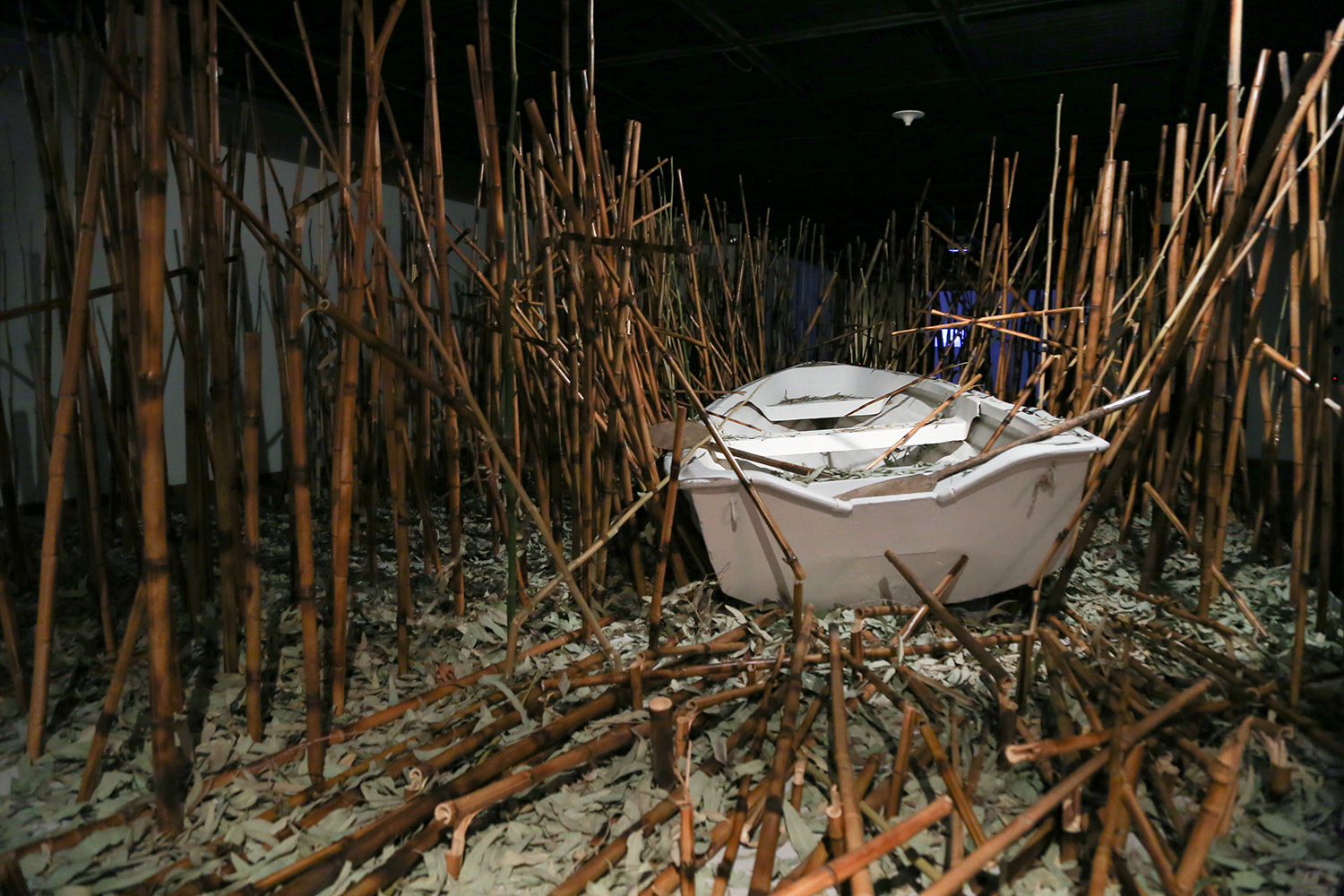
“In Memory of the Frogmen Martyrs” by Ali Davari
One of the key factors that initially brings us closer to the concept of “new art” and its strategies in Iran is the role of art media and the specific facilities these media provide. In the history of modern and contemporary Iranian art, these media have played a crucial role for artists. The first exhibition with a conceptual art orientation, titled “Conceptual Art: The First Conceptual Art Exhibition in Iran,” was held in 1976 (1355 SH) at the Tehran Museum of Contemporary Art. Following the Islamic Revolution and the end of the eight-year Iran-Iraq War, opportunities for expanding artistic activities in this field increased. In this context, the Tehran Museum of Contemporary Art became a platform for mostly young artists, significantly influencing a new generation of Iranian artists seeking expressive means suited to the complexities of their inner and outer worlds, as well as their experiences of the revolution. Subsequently, additional exhibitions under the title “New Art” were organized. Gallery of Free Designers and Gallery No. 13 became important spaces for testing and showcasing new art. Soon, new art, and particularly installation art, found its way not only into private galleries but also into public galleries, including the Saba Cultural, Artistic, and Research Complex of the Academy of Arts.
Types of New Art Media
This section would explore the various media employed in the new art movement, including installation, video, performance, digital art, and mixed-media approaches, all of which expand the expressive possibilities beyond traditional painting, sculpture, and photography.
New art media encompass a wide variety of forms. Some of the most important contemporary art movements that constitute new art media include: Conceptual Art, Happening Art, Performance Art, Installation Art, Land Art, Process Art, Video Art, Sound Art, and Multimedia Art.
Below is a brief overview of each of these artistic types:
a) Conceptual Art
Conceptual art emphasizes the mental and intellectual aspects of an artwork, often prioritizing ideas over physical representation. In this form of art, the artist’s concept or idea is more important than the materials used, and the audience’s mental participation takes precedence over mere observation. Conceptual art imposes no expressive limitations: to convey their ideas, artists may employ a variety of media—including painting, photography, sculpture, writing, video, and everyday objects—blending them freely to communicate the intended concept.
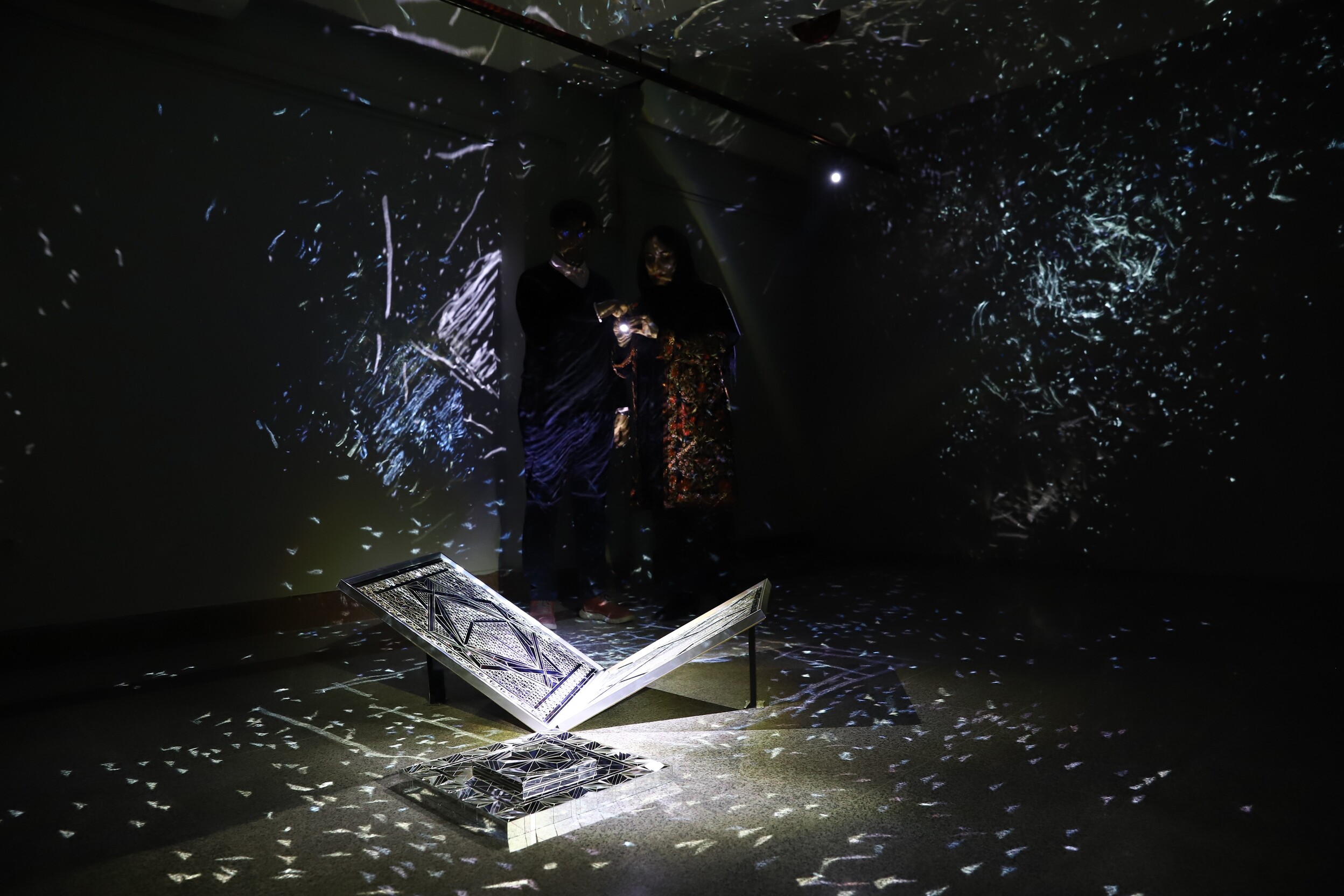
"Mirrors of Light" – an interactive work by Maryam Safaei and Mohammad Amin Owji
b) Happening Art
Happening Art is a multimedia movement that combines painting, photography, music, poetry, theater, video, and other visual, auditory, and sensory elements, presented as a live event. This movement, rooted partly in earlier theatrical experiments and partly in the influence of Pop Art in painting, conveys a pre-conceived event in an improvised manner from multiple perspectives. In Happening Art, which typically emphasizes engaging and unusual performances, the scene can take place anywhere, and there is no clear boundary between the audience and the artwork.
c) Performance Art
Performance Art is an interdisciplinary branch of contemporary art that exists at the intersection of visual and performing arts. It may be based on a script or improvisation, executed randomly or in a coordinated manner, spontaneous or pre-designed, and may involve audience participation ranging from full engagement to none at all. Performance Art can be presented directly or mediated through a medium such as television, the internet, or surveillance cameras. It has no fixed boundaries in terms of content or medium, can take place at any time, in any space, and in any format, and typically involves the physical presence of the performer(s) or some form of interactive engagement with the audience.
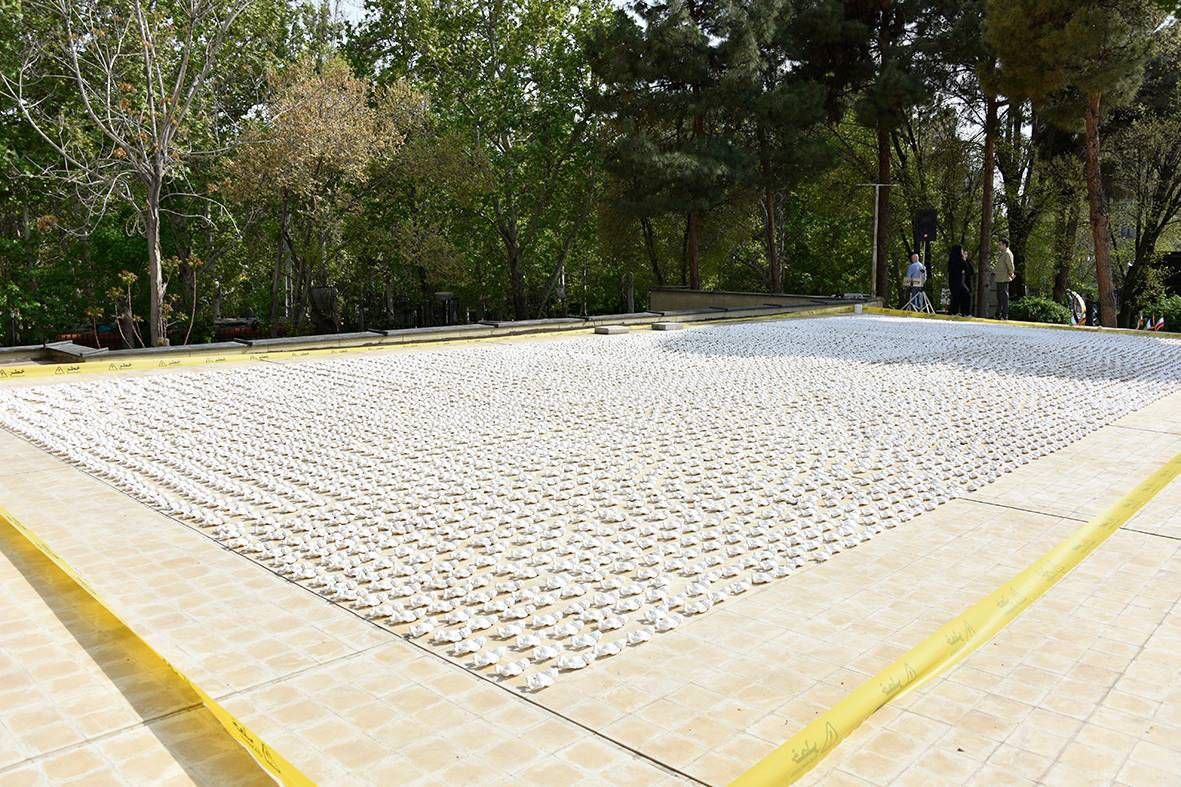
Installation “Ten Thousand Worlds”, by Hossein and Abouzar Vanki
d) Process Art
Process Art is one of the contemporary art movements in which, instead of focusing on the final or completed product, emphasis is placed on the real and spontaneous process of creating the work. Emerging in the 1960s, this form of art uses actual processes such as collecting, categorizing, measuring, connecting, and pattern-making to shape a piece. In Process Art, flexible and impermanent materials such as wax, raw rubber, wool, and organic or perishable substances are often employed to express the concept. Sometimes, to represent the progression of time, transformation of objects, or the evolution of forms, documentation in the form of photographs or videos replaces the direct presentation of the process itself.
e) Land Art
Land Art, also known as Earth Art, is a branch of conceptual art that emerges from transforming natural landscapes to create visual and environmental expressions. This art form emphasizes the unity between artwork and nature—turning the work into an integral part of its environment. Artists use organic materials such as soil, rocks, wood (branches, leaves), and water, as well as processed materials like concrete, asphalt, metal, and other minerals, to construct large-scale works often visible only from an aerial view. Because Land Art pieces are exposed to natural elements, they are typically temporary and survive primarily through photographic or film documentation. Consequently, in this art form, the idea and process of creation take precedence over the final result.
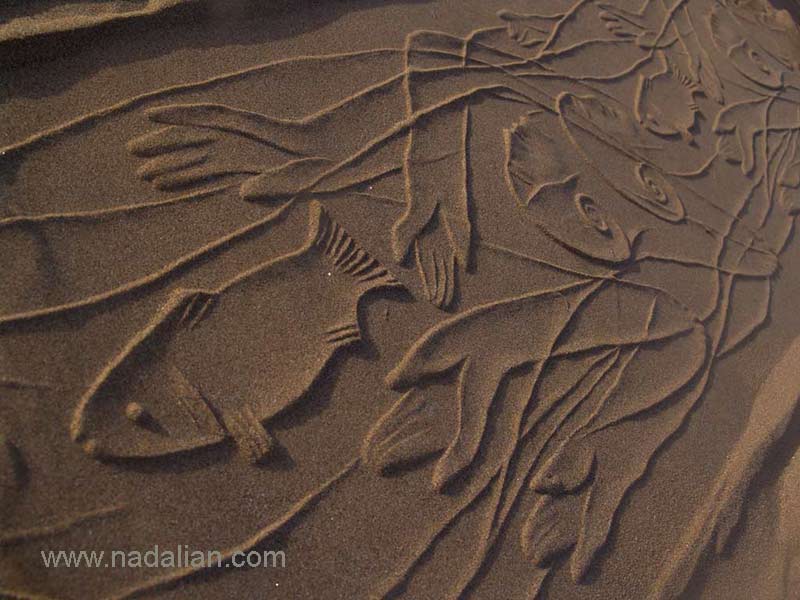
Land Art “Goddesses and Fishes,” by Ahmad Nadalian
f) Video Art
Video art is one of the most widely used forms among new media arts, built upon moving images and encompassing a collection of visual and auditory data. Although it shares certain expressive similarities with television and experimental cinema, it differs in both method and purpose and is categorized within the conceptual and visual arts. In video art—as in other forms of conceptual the idea takes precedence over execution. The content of the work and its visual form serve merely as tools for expressing the intended concept. The environment in which the work is presented, as well as the viewer’s reaction, are also considered essential elements of video art. Video art does not adhere to cinematic conventions such as plot, narrative, dialogue, or monologue. When these elements do appear, they are employed implicitly to play with mental concepts like time and to evoke a subjective experience arising from the repetition or variation of a non-narrative theme. A contemporary form of video art that combines video technology with installation art is called video installation. In this approach, the environment itself is used to heighten the viewer’s sensory experience and invite their active participation in shaping the artwork. Through live or recorded projection, the viewer becomes both a participant in the film and a part of the unfolding events within it.
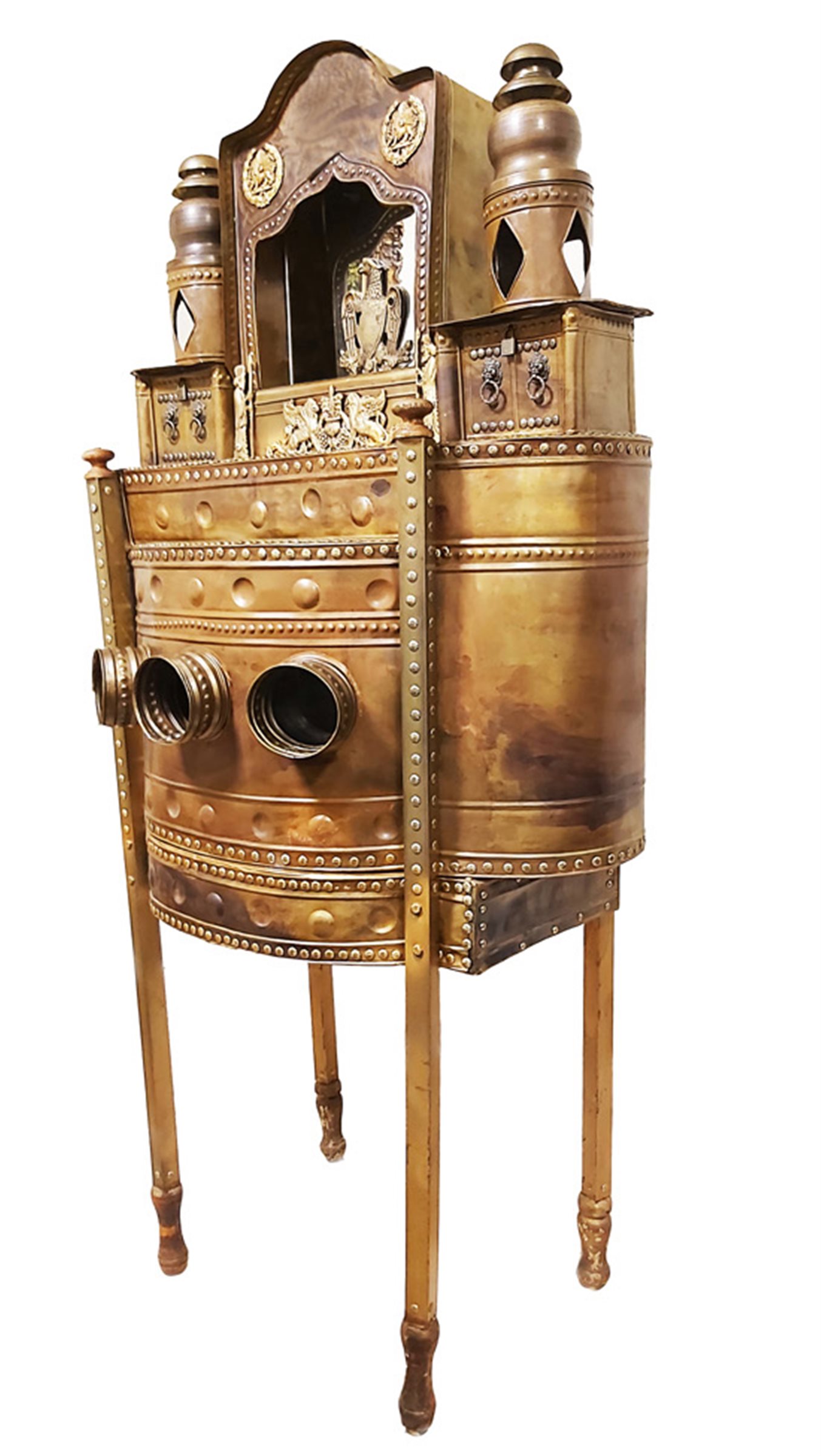
Video Installation “Shahr-e Farang” (City of Wonders), by Amir Rad
g) Installation Art
Installation art is one of the most conceptual and widely practiced forms of contemporary art. It involves designing and arranging three-dimensional objects within open or enclosed spaces to transform the viewer’s perception of that environment. Unlike sculpture, installation art is not confined to form; rather, it draws on various methods and media to influence and reshape space. Although installation art emerged from the visual arts, it is not limited to exhibition spaces such as galleries and museums. It can also be displayed in other public or private environments. In some cases, installations are specifically designed for a certain location, in which case the form and concept of the work depend on the site for which it was created. A key feature of installation art is interaction with the audience. This engagement often reaches a point where the viewer becomes part of the artwork (the space itself) and participates in shaping it. Depending on the concept, execution, and setting, installation art can incorporate a variety of diverse materials and elements. such as everyday objects, human presence, light, sound, music, video, photography, computers, and the internet.
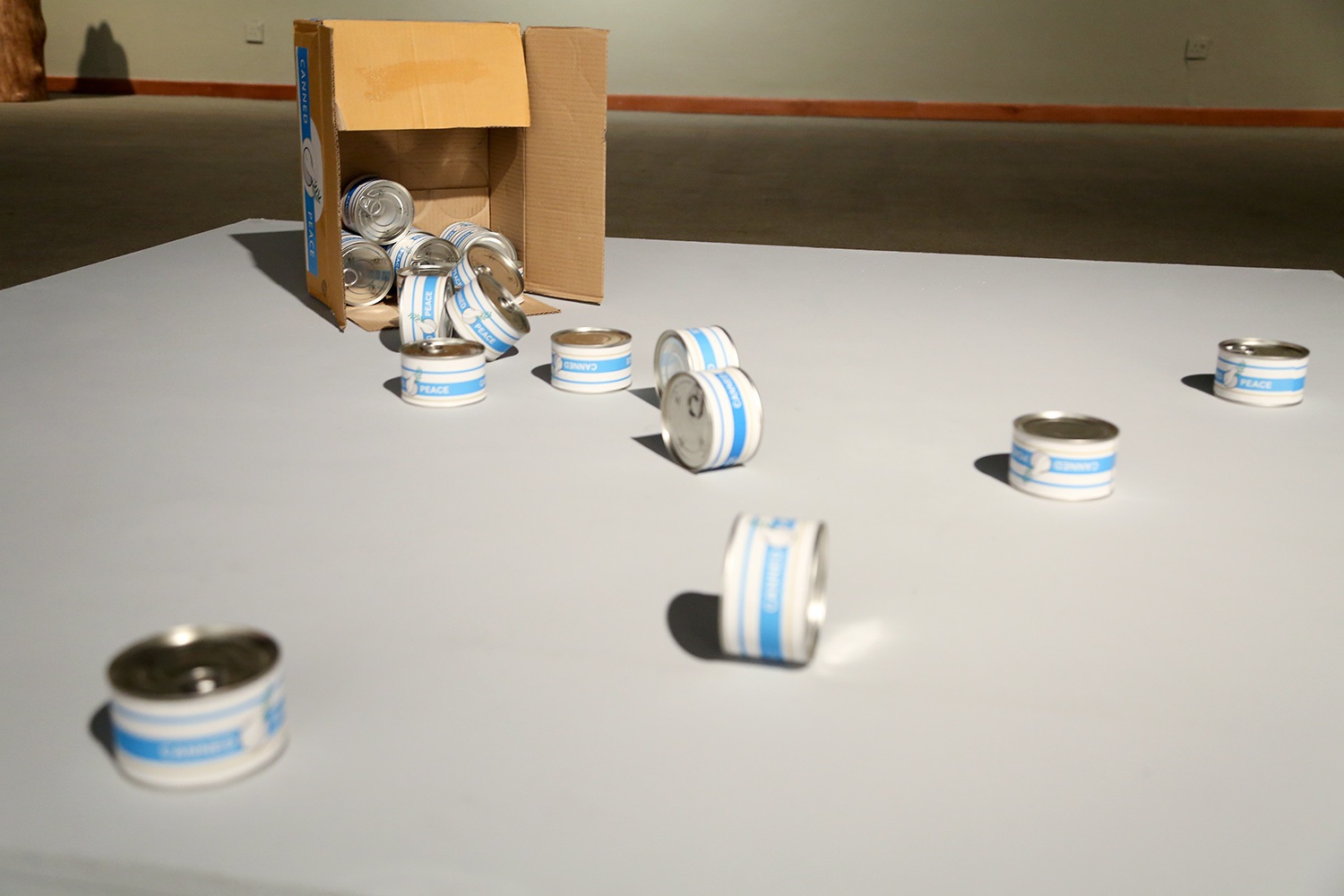
Installation “Peace” by Mohammad Taghipour
H) Sound Art
Sound art is one of the interdisciplinary forms of contemporary art that, in addition to its auditory dimension, also engages with the visual, spatial, and sculptural qualities of sound. While it shares the same raw material—sound—with music, it goes beyond musicality to focus on the process of creation, emphasizing the space, context, and temporal and environmental conditions in which the sound is produced. In sound art, time is fluid and compressed, shaped by the artist’s conceptual framework. Unlike musical compositions, it is non-narrative, non-linear, and not based on musical notation. Moreover, unlike composer-centered music, sound art is highly audience-oriented—the listener engages with the work based on personal interest and presence, meaning that missing part of it does not affect the overall perception. This site-specific art form, often presented in galleries, museums, or public spaces, maintains a close relationship with both traditional and modern sound technologies and is most commonly experienced as sound installations (sound installations).
I) Multimedia Art
Multimedia art is a widespread tendency in contemporary visual arts that utilizes a combination of different media to engage the audience. This artistic approach is primarily concerned with integrating multiple media in digital and electronic contexts. In multimedia art, visual arts (such as painting, drawing, photography, sculpture, etc.) are often combined with auditory arts (especially electronic music), moving images (video, animation, etc.), and other materials, typically presented as a cohesive concept within a gallery or museum space. Another key goal of multimedia art is active audience participation, …engaging multiple senses—including smell, hearing, and touch—so that the viewer becomes an integral part of the experience and the creation of the work.
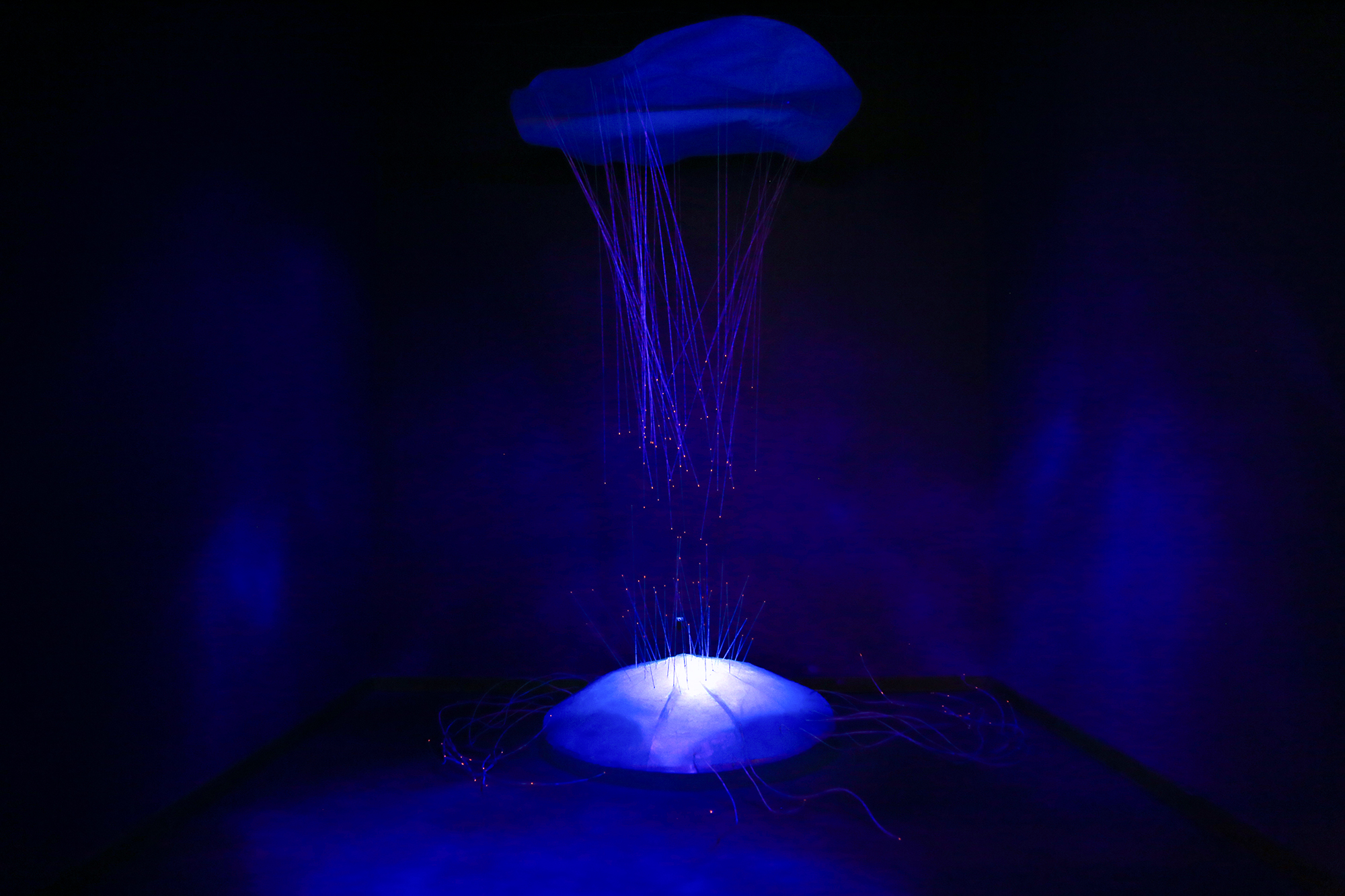
“Challenge with Time and Space,” by Marzieh Sarsarian
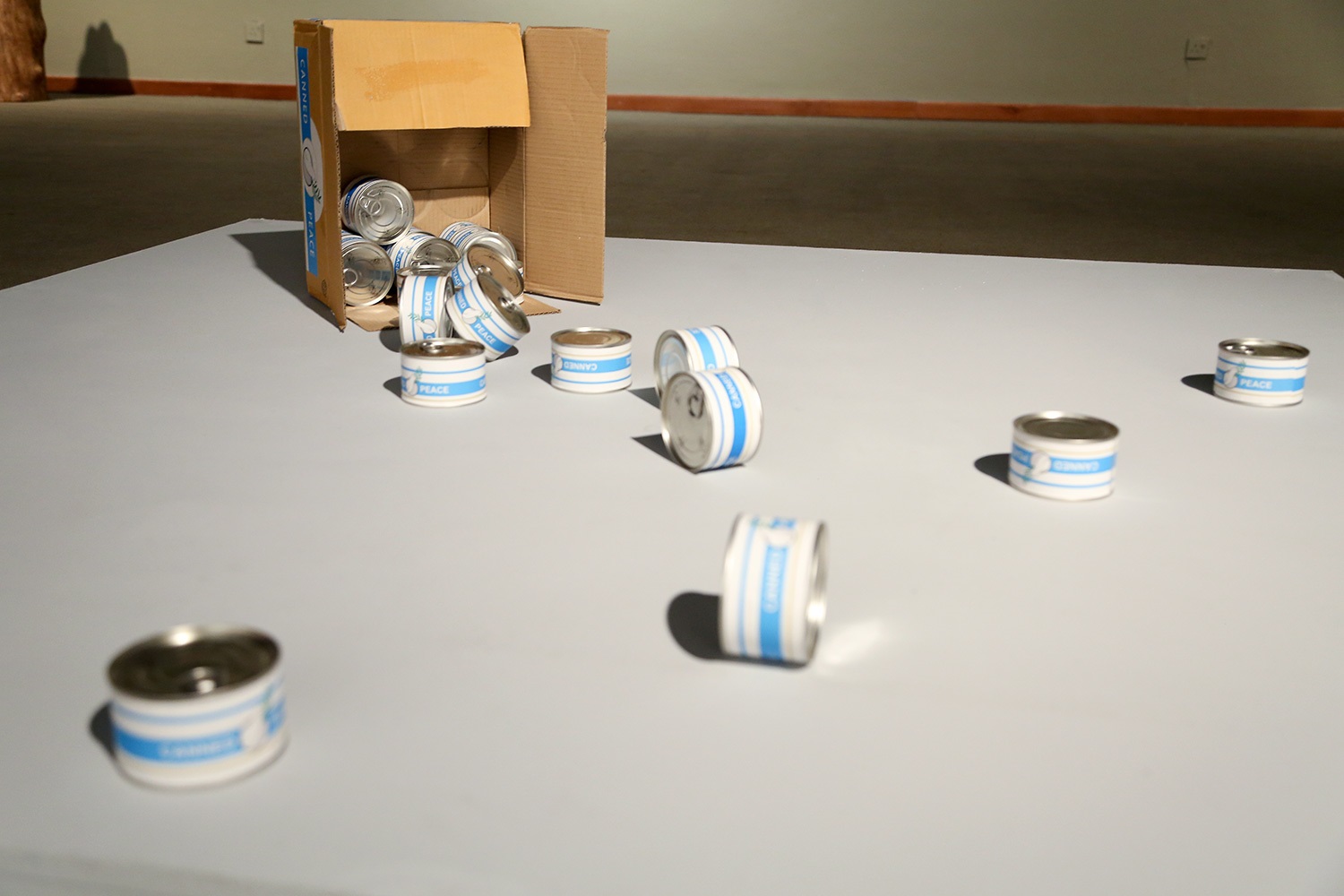








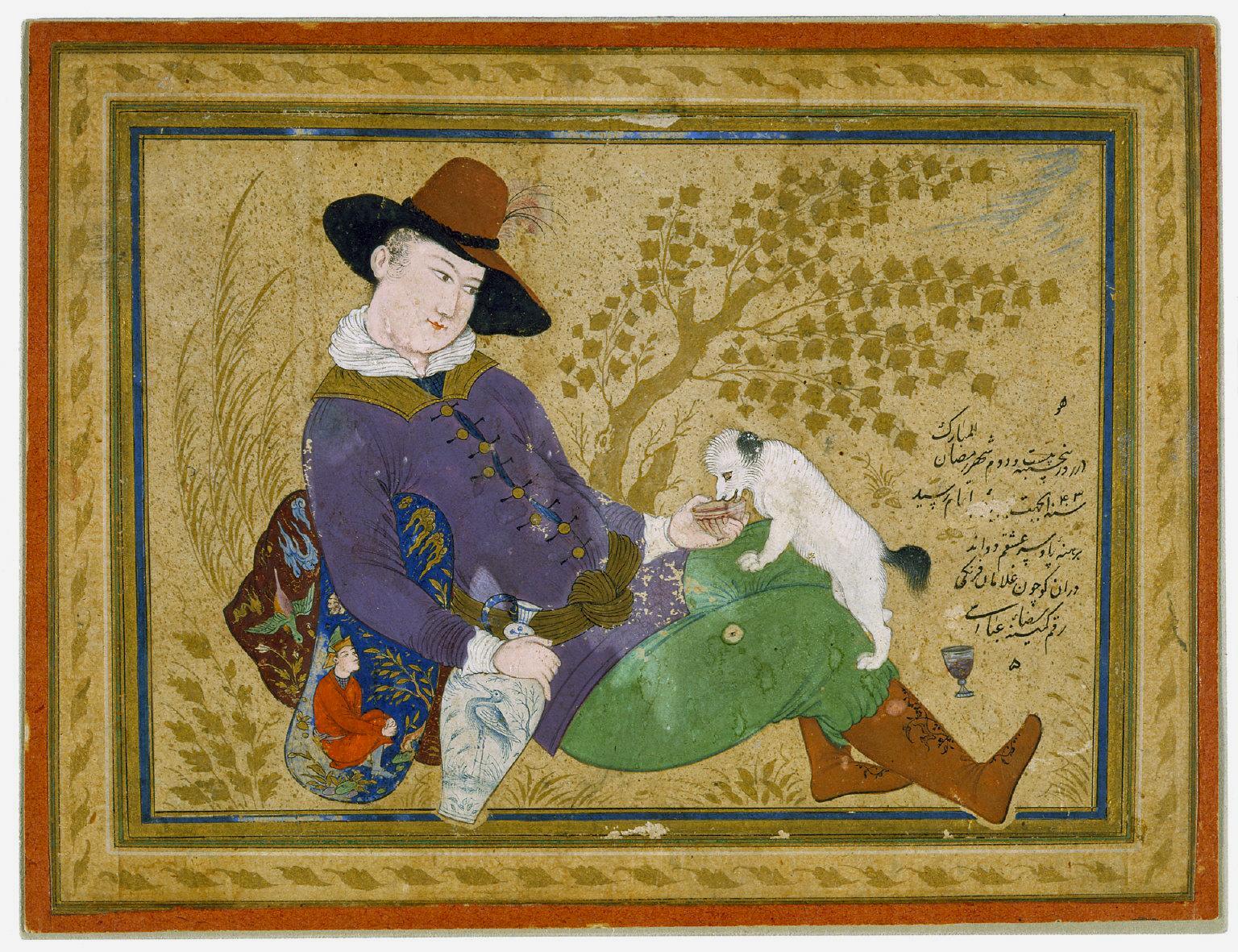

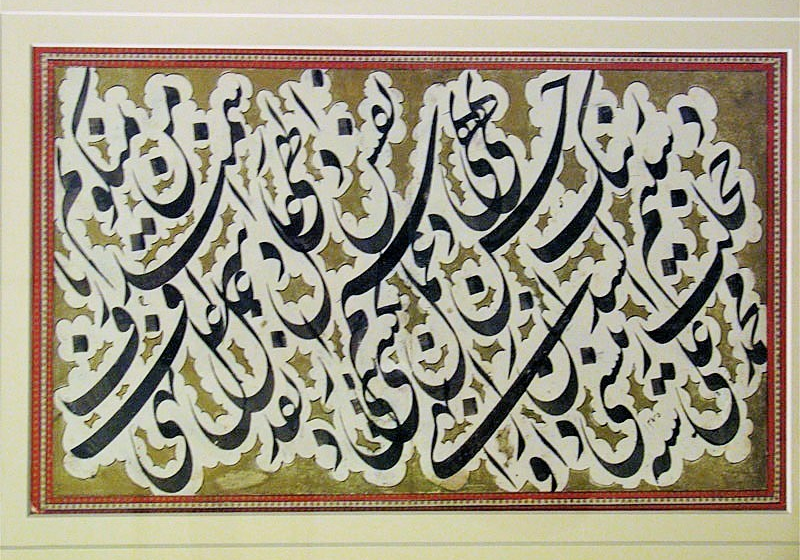
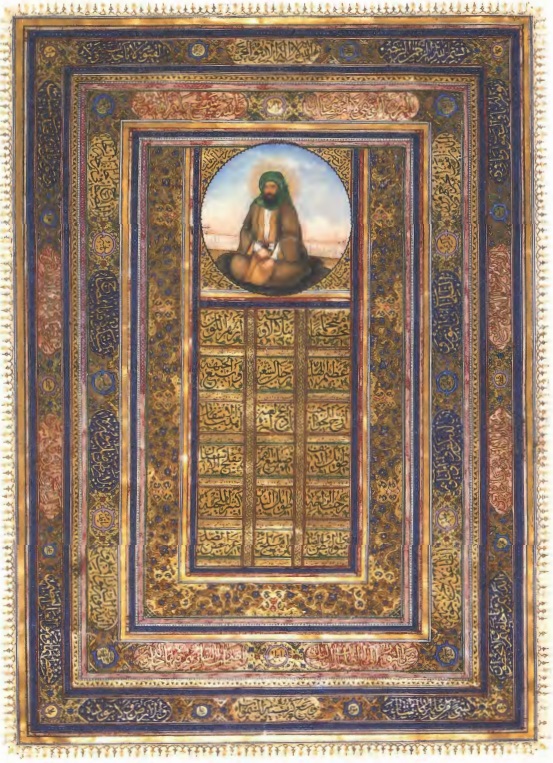
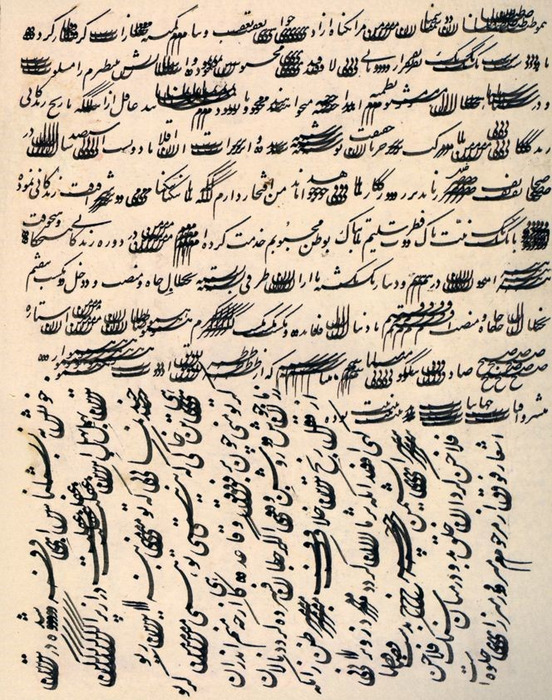
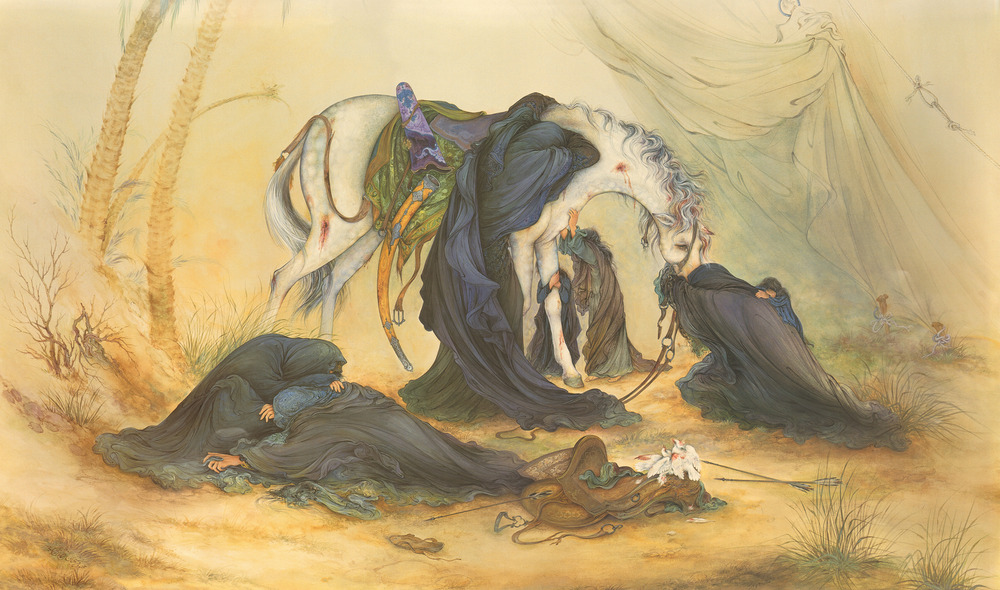
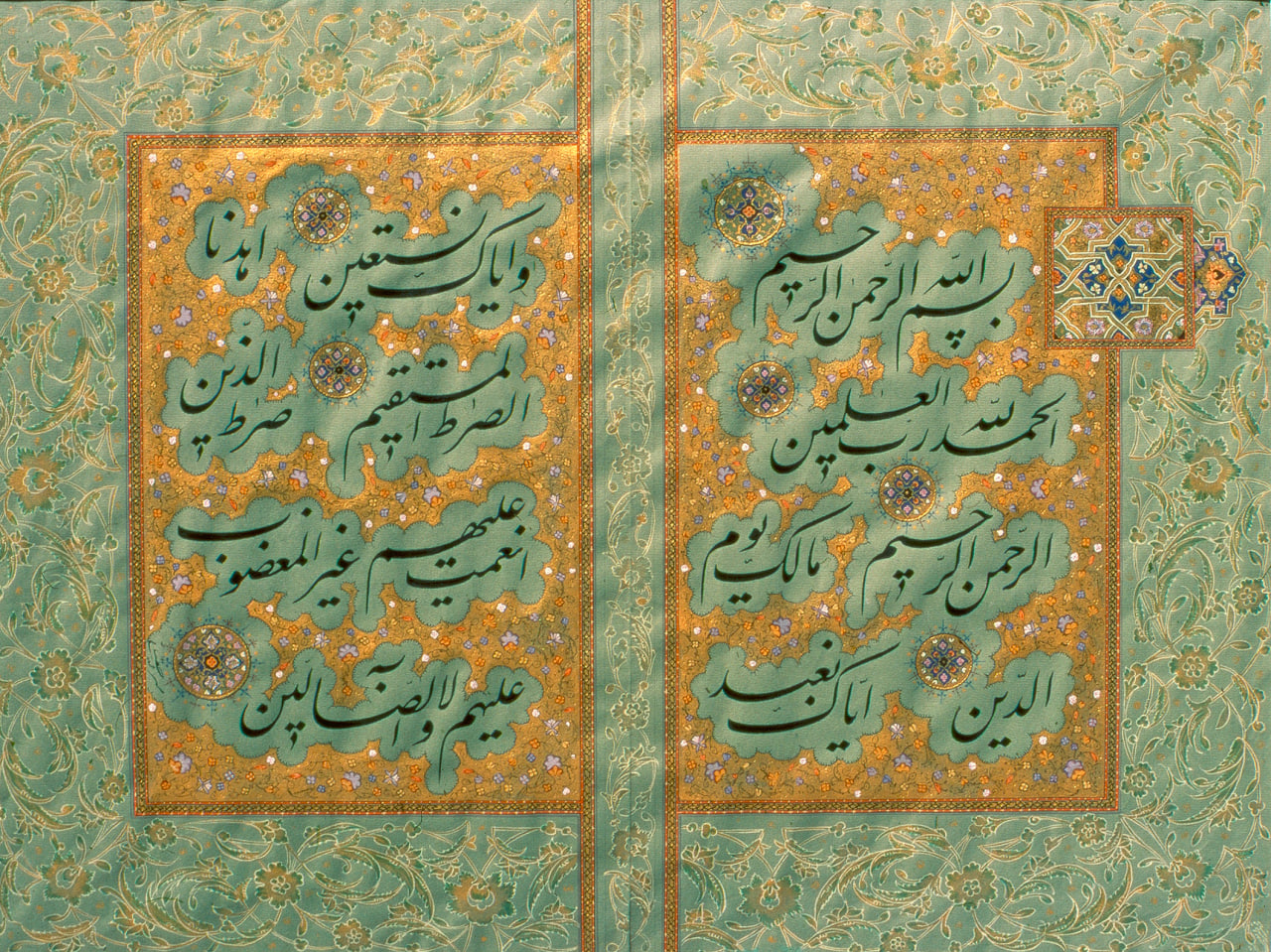
.jpg)
